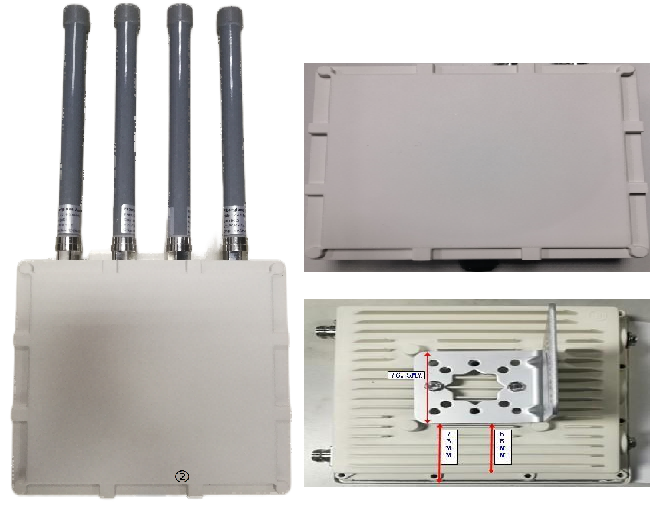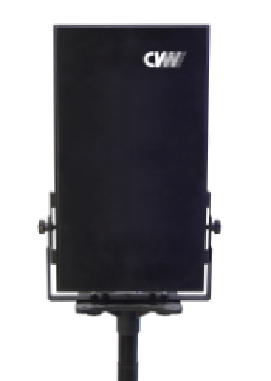With the continuous development of technology, wireless video transmission has been widely applied in many scenarios. However, wireless video transmission devices may be affected by interference in specific environments, affecting the quality and stability of video transmission. To address this issue, a series of anti-interference wireless video transmission devices have been developed. This article will introduce some common anti-interference wireless video transmission devices and their characteristics.
Digital frequency modulation technology
Digital Frequency Modulation technology is a technology that achieves wireless transmission by modulating and demodulating digital signals. Compared to analog frequency modulation technology, digital frequency modulation technology has higher anti-interference performance. It adopts a digital signal processing method, which has high anti-interference ability and high transmission quality. Digital frequency modulation technology can achieve stable video transmission in strong interference environments, with higher transmission rates and lower latency.
Spectrum expansion technology
Spread Spectrum technology is a technique that resists interference by expanding signal bandwidth during transmission. Spectrum expansion technology converts the original signal into a wider frequency band, enabling the signal to be transmitted within a wider frequency band. In this way, when interference occurs, the receiver can extract the original signal by matching the spread spectrum code of the transmitted signal, thereby reducing the impact of interference on video transmission. Spectrum expansion technology has good anti-interference performance and can provide stable video transmission quality.
Multi channel switching technology
Multi channel switching technology is a technique that quickly switches between channels of different frequencies. The influence of interference on video transmission can be reduced by cycling between multiple frequency channels and adopting automatic channel Selection algorithm. When one frequency channel is disturbed, the system will automatically switch to other frequency channels with less interference to ensure the stability of video transmission. Multi channel switching technology provides an effective way to resist interference, enabling video transmission devices to have high anti-interference performance.
License free technology
License free technology refers to the use of wireless video transmission devices that do not require prior application and obtaining a specific frequency band usage license. In certain frequency bands, devices using license free technology have better anti-interference capabilities. This is because some frequency bands are designed to be immune to interference from other wireless devices, providing good video transmission quality and stability. The use of license free technology makes anti-interference wireless video transmission devices more convenient and reliable in spectrum management and signal interference.
High gain antenna
High gain antenna is a method of improving the anti-interference performance of wireless video transmission equipment by increasing the receiving and transmitting signal capabilities of the antenna. High gain antennas have longer reception and transmission distances, which can receive signals over longer distances and provide stronger transmission capabilities. By using high gain antennas, the device's reception ability can be improved in weak signal environments, reducing the impact of interference on video transmission.

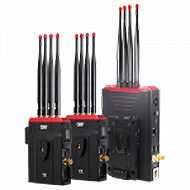 Multi-camera wireless video transmission
Multi-camera wireless video transmission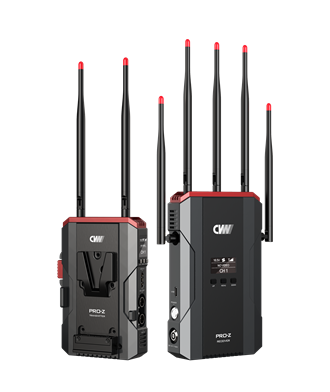 Zero Latency Wireless Video Transmission
Zero Latency Wireless Video Transmission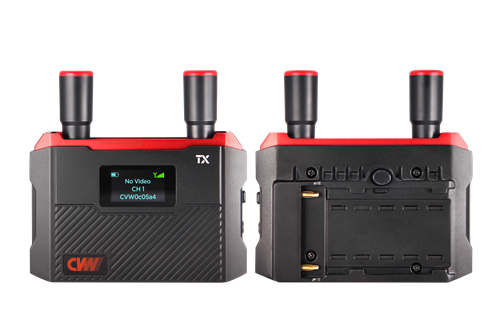
 Designed for teleoperating the heavy equipment
Designed for teleoperating the heavy equipment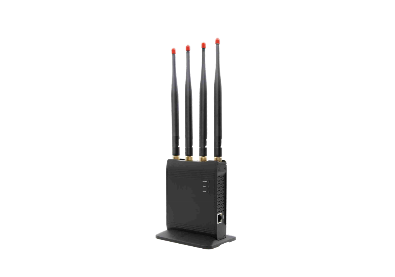 Wireless high-speed data transmission
Wireless high-speed data transmission